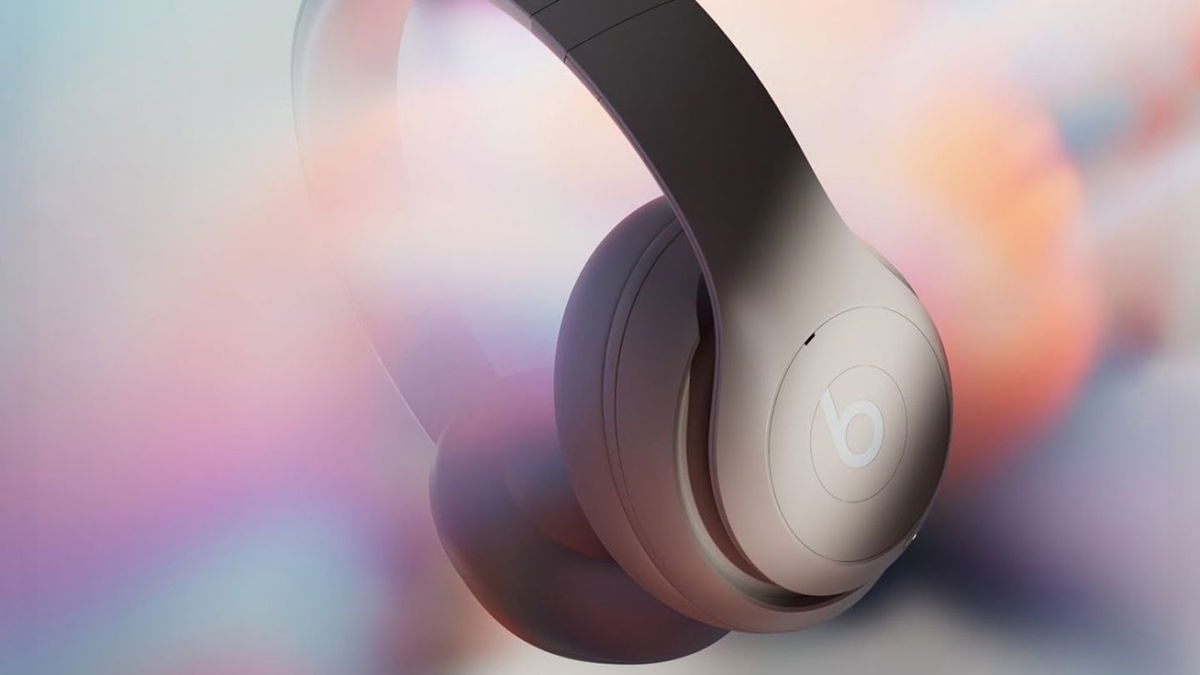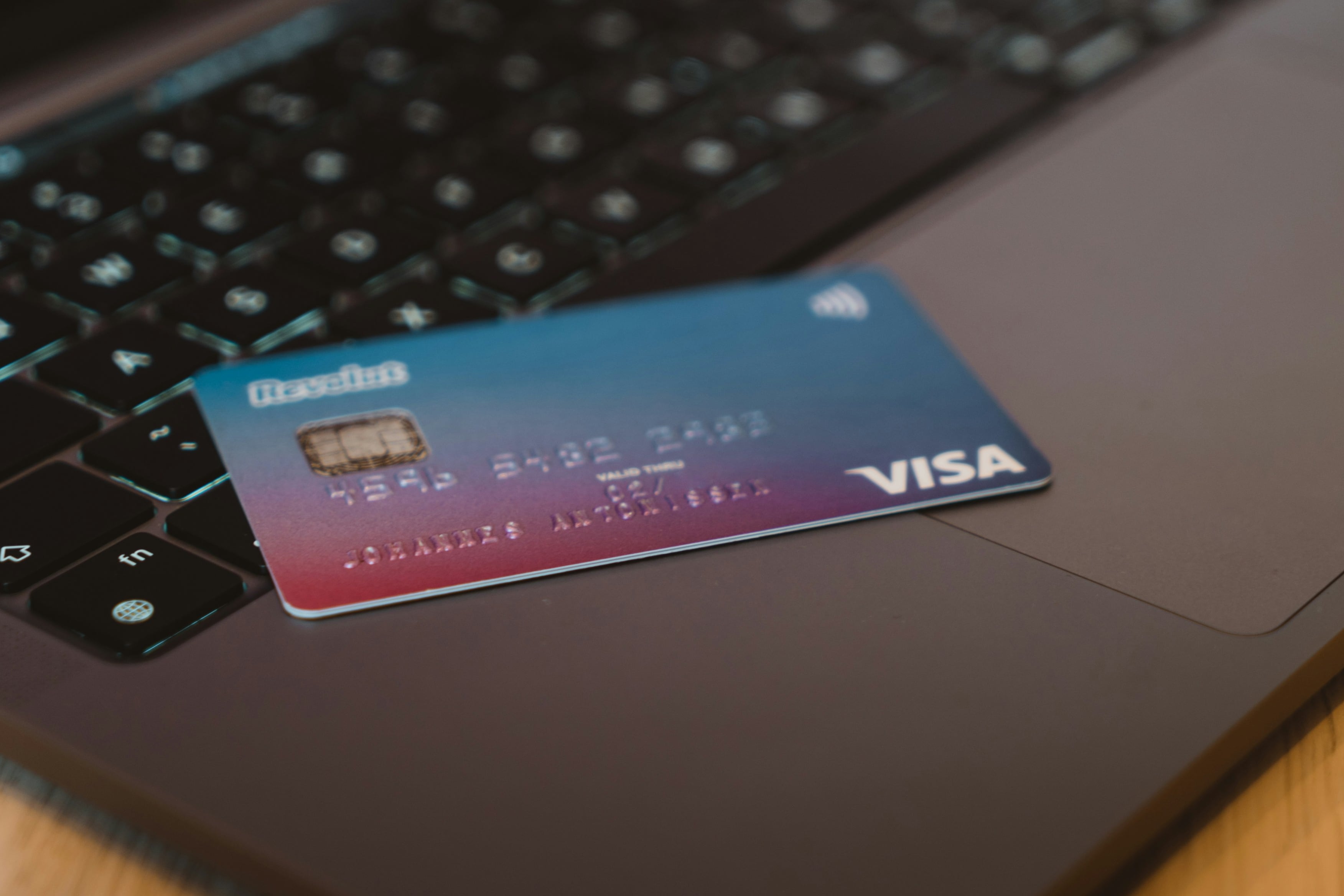The e-groceries market in Russia continues to grow; In the first quarter of the year its volume reached 310 billion rubles, 4% more than in 2023. From April 2023 to May 2024, prepared food and grocery delivery applications were installed 50.8 million times , Go Mobile research showed. In 2024, the number of orders in the electronic food segment will exceed 820 million, experts predict.
Subscribe to RB.RU on Telegram
Go Mobile analysts expect the trend to continue and the number of orders in the e-groceries segment to increase to more than 820 million by the end of the current year.
Experts identify several key growth factors:
- increased marketing investment by major food retail players;
- different price positioning between e-grocery market participants and offline retailers;
- increase the presence of brands in the regions;
- the focus of market players on promotions and bonuses for buyers;
- emphasis on expanding the private label portfolio.
Among Russians who order food at home, 76% do so through mobile applications. At the same time, 34% of respondents mentioned the brand’s website as a platform for ordering products. Only 17% use the mobile version of the site to order products.
“Most of the marketing expenses go towards promoting the mobile app, because most of the orders come from there. We mainly focus on the application and its promotion. The division between online and offline promotion is approximately the same. We include media promotion for campaigns and tasks; It doesn’t work all the time, we promote mainly through performance campaigns and retargeting,” explains Anna Platova, Online Marketing Director at Vkusville.
Express delivery is a loss for most brands.
62% of users prefer delivery within an hour, 40% prefer express delivery within 30 minutes. Due to high demand for this service, brands’ revenue from fast delivery grocery purchases increased 66% during the year.
However, today only four major players have this option, so the total share of express delivery users among all citizens who order groceries online is only 18%. For the vast majority of brands, this option is still not profitable.
Who uses grocery delivery?
- Almost two thirds (68%) of grocery delivery users are citizens between 26 and 45 years old. People over 56 are the least likely to buy food online: this age group represents only 6%. 32% of e-Grocery segment users work remotely, 23% study and 12% work in the office. Public officials use delivery less frequently.
- 40% of users order groceries online for 2 or 3 days. Less frequently, people buy food for 1 to 2 weeks (10%) and for a month (4%).
What are the Russians asking for?
- Vegetables and fruits are ordered most frequently by people between 26 and 35 years old. These products represent up to 50% of the total basket. This age category is also actively requesting cosmetics and health care products;
- Users aged 45 to 56 are leaders in the consumption of frozen foods, household chemicals, household goods and pharmacy products;
- Shoppers ages 56 and older buy products like meat, coffee, and tea more frequently than others.
Audience loyalty
67% of users rely on their previous purchasing experience when choosing a food delivery service, 50% on positive reviews and 38% on recommendations from friends. At the same time, users are relatively indifferent to factors such as mention of a brand in the media or recommendations in search results.
As Vladimir Khlebnikov, a representative of Go Mobile, notes, about 75% of delivery drivers place orders through various services. This is due to the difference in assortment and prices.
After analyzing the general state of the e-Grocery market, experts identified the main trends:
- Non-standard delivery locations. On some services, users can request delivery directly to a park or concert hall;
- Staff shortage. In 2023, the number of courier vacancies on hh.ru increased by 3.7 times;
- Transformation of private brands. Private label (private label) products are no longer perceived as inexpensive alternatives: brands now use their own products to increase profits and maintain a connection with customers.
Go Mobile experts refer to data from Data Insight, according to which the average bill in the electronic food segment in 2023 was 1,290 rubles compared to 1,390 rubles in 2022. And by the end of 2024, Data Insight expects a average bill of 1,455 rubles.
However, Go Mobile does not coincide with this forecast; according to experts, it is lower than reality; In April alone the average bill was 1,874 rubles.
Author:
Natalia Gormaleva
Source: RB
I am a professional journalist and content creator with extensive experience writing for news websites. I currently work as an author at Gadget Onus, where I specialize in covering hot news topics. My written pieces have been published on some of the biggest media outlets around the world, including The Guardian and BBC News.










